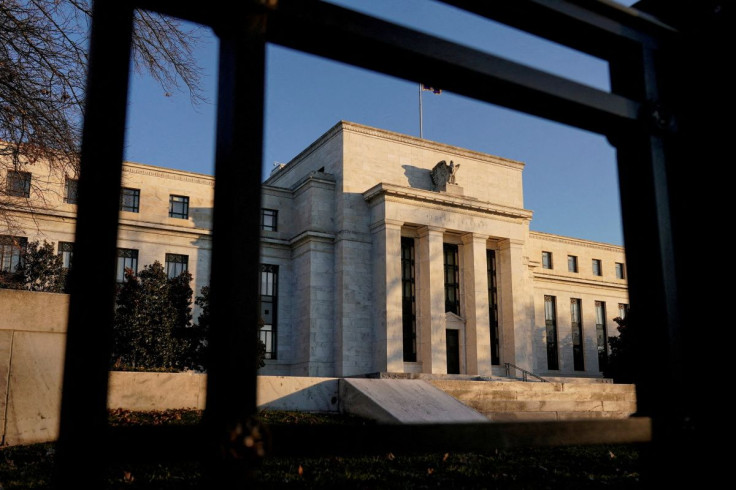Fed Rate Decisions Will Be Made On Meeting-by-meeting Basis, Minutes Show

Federal Reserve officials last month agreed that, with inflation widening its grip on the economy and employment strong, it was time to tighten monetary policy, but also that decisions would depend on a meeting-by-meeting analysis of data, according to minutes of the Jan. 25-26 policy meeting.
Participants agreed that the U.S. central bank's target interest rate would likely have to rise at a "faster pace" than it did when the Fed last lifted interest rates in 2015, said the minutes, which were released on Wednesday.
But "even so, participants emphasized that the appropriate path of policy would depend on economic and financial developments and their implications for the outlook and the risks around the outlook," the minutes stated.
Participants "will be updating their assessments of the appropriate setting for the policy stance at each meeting" as officials consider both interest rate increases and plans to reduce the Fed's asset holdings, the minutes said.
The document gave a more detailed accounting of the Jan. 25-26 meeting, in which policymakers agreed that it would "soon be appropriate" to raise the Fed's benchmark overnight interest rate from its near-zero level, and also debated plans to reduce the nearly $9 trillion portfolio of securities held by the central bank.
Investors currently expect the Fed to begin raising rates in March with an initial increase of half a percentage point, and to continue raising rates through the year.
Reports since the beginning of this year have, if anything, heightened the Fed's readiness to act. U.S. retail sales in January were strong, and U.S. employers added 467,000 jobs that month, far more than expected. The most recent inflation data showed no sign of easing from the current 40-year high.
Policymakers last month also discussed plans to trim the Fed's holdings of U.S. Treasuries and mortgage-backed securities, and issued a set of broad principles to guide the reductions. They must now pin down the specifics of how much of a reduction to allow each month, and when to start.
© Copyright Thomson Reuters {{Year}}. All rights reserved.




















